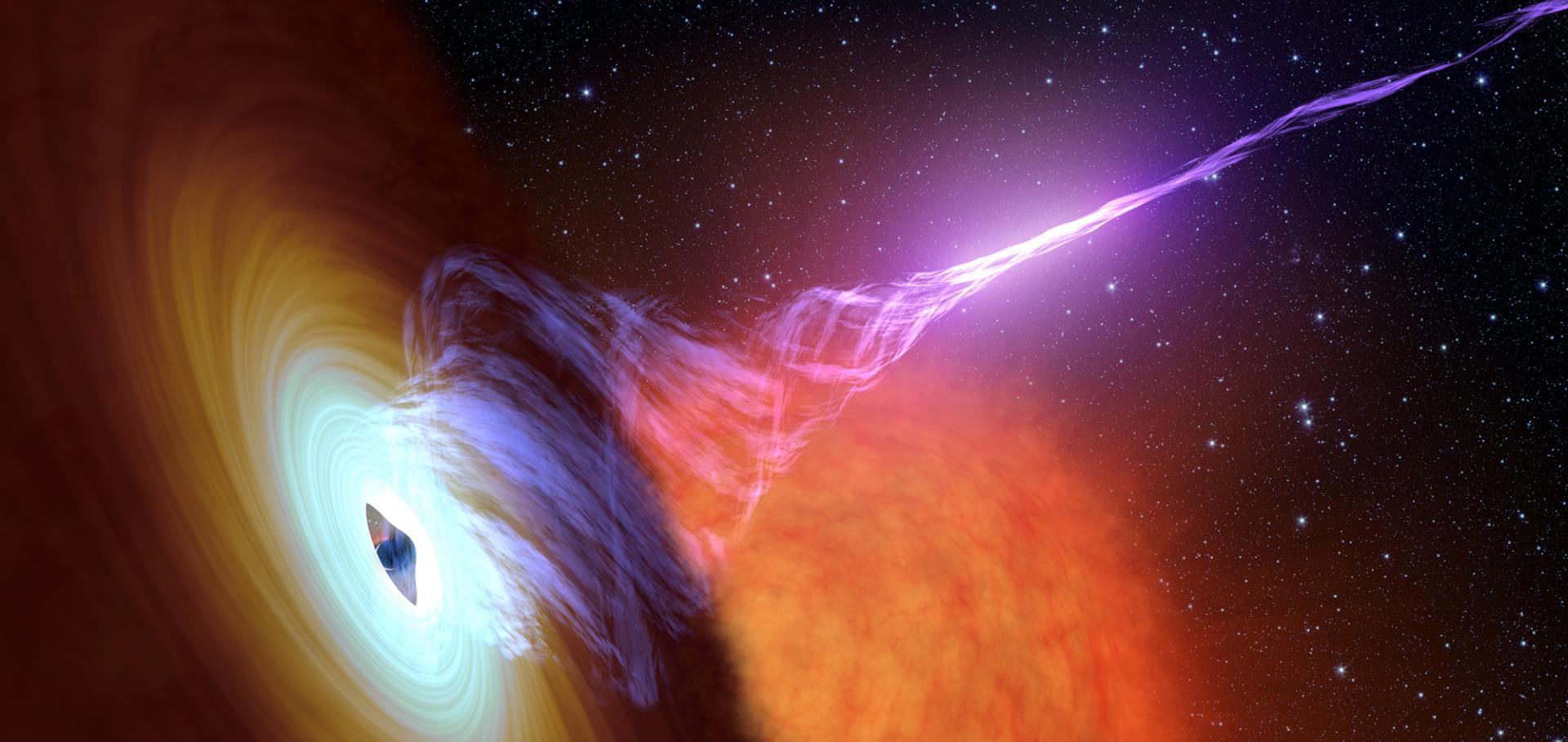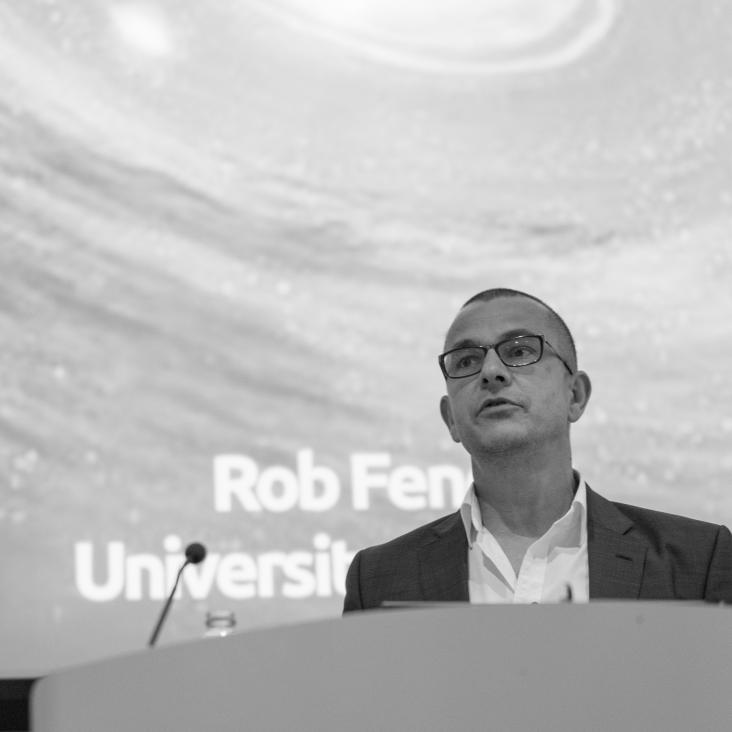Cygnus X-3 in outburst : quenched radio emission, radiation losses and variable local opacity
(1996)
A deep search for radio emission from three X-ray pulsars : are radio emission and X-ray pulsations anticorrelated ?
(1996)
Flaring and quiescent infrared behaviour of Cygnus X-3
Monthly Notices of the Royal Astronomical Society Oxford University Press (OUP) 283:3 (1996) 798-804
Hard x-ray and ir observations of cygnus x-3
Astronomy and Astrophysics Supplement Series 120:4 (1996) 235-238


